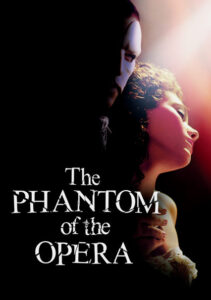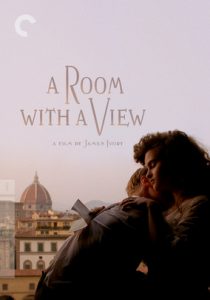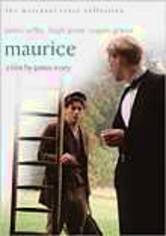Four Weddings and a Funeral-1994
Director Mike Newell
Starring Hugh Grant, Andie MacDowell
Scott’s Review #1,444
Reviewed October 8, 2024
Grade: A-
Four Weddings and a Funeral (1994) is a surprisingly fresh and delightful romantic comedy and one of the better offerings of the 1990s. It is likely an inspiration for Love, Actually, from 2003, which I have seen recently, and they would be paired well together.
Both are British or set in the London area and have an English sophistication often lacking in American rom-coms.
The key to Four Weddings and a Funeral’s success is the writing. Storylines about real life emerge and relatable, awkward, and flawed characters grace the page. Lovelorn audience members who may have lost love or suffered from loneliness may relate most.
This is a huge win for a genre that often plays it safe or revels in predictability. Crisp writing goes a long way.
The main couple are played by Hugh Grant and Andie MacDowell and made them household names plummeting them to a successful decade in similar films, especially Grant.
Lovable Englishman Charles (Grant) and his group of friends seem to be unlucky in love. They frequently gather at parties or weddings never finding what they truly want, linking them together for life.
When Charles meets a beautiful American named Carrie (Andie MacDowell) at a wedding, he thinks his luck may have changed. But, after one magical night, Carrie, deemed ‘slutty’ returns to the States, ending what might have been a wonderful long-term relationship.
As Charles and Carrie’s paths continue to cross usually at someone’s wedding and one funeral, Charles believes they are meant to be together, even if their timing always seems to be off.
Grant shines in his role despite believing his performance was hideous, at least before the film received many accolades. Mike Newell, the director, provided conflicting direction making it hard for Grant to play the role in a particular way.
His stuttering and confusion, though, are what makes his character so endearing.
MacDowell is good too. It’s not clear why she doesn’t drop everything right away and date Charles or why she chooses an older Scottish guy to marry but the story-dictated situations only make the characters shine brighter.
Once the first wedding occurred I found myself hooked. I couldn’t wait to find out what three nuptials would be forthcoming and who the funeral was for.
Could it be a main character or even Charles or Carrie?
That makes Four Weddings and a Funeral compelling especially as the supporting characters are fleshed out.
We get to know Fiona (Kristin Scott Thomas), a bitchy friend who seems to judge everyone she meets. Her snobbery is slowly replaced with vulnerability when it’s revealed that she has always loved Charles.
Other characters like Tom (James Fleet) and Scarlett (Charlotte Coleman) are comic relief while a same-sex couple, Gareth and Matthew (Simon Callow and John Hannah), and Charles’s deaf brother David (David Bower) are part of the group with no judgments about their sexuality or disability.
In 1994 this was a searing victory and a feeling of inclusion is apparent.
The icing on the cake is a spectacular soap opera moment when a bride and groom are about to take their vows only for one party to admit their love for another character. Hysterics, a meltdown, and good old-fashioned drama commence and make the scene satisfying.
I didn’t expect to enjoy Four Weddings and a Funeral (1994) as much as I did. Audiences agreed and the film was rewarded with two surprising Oscar nominations.
Oscar Nominations: Best Picture, Best Original Screenplay



